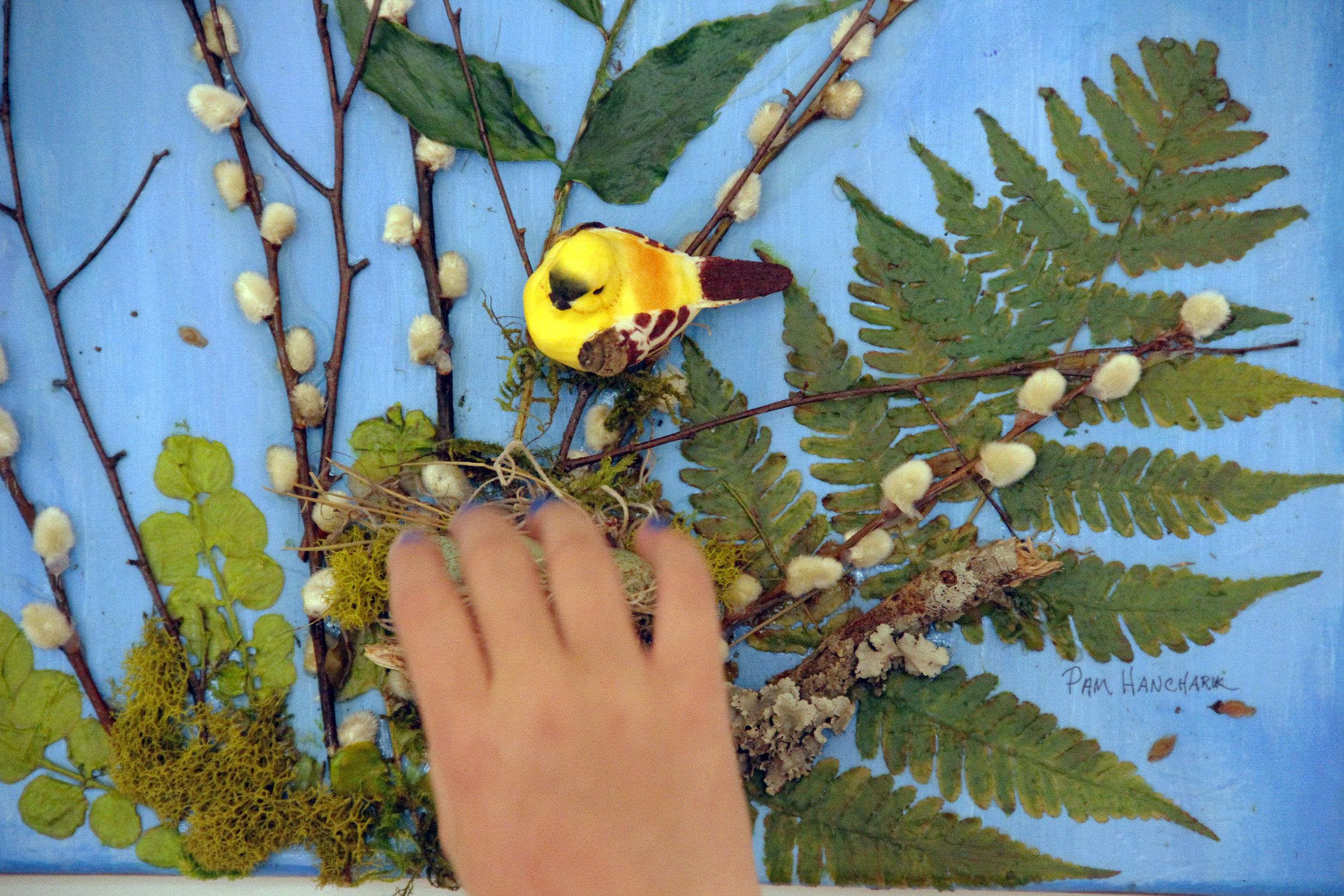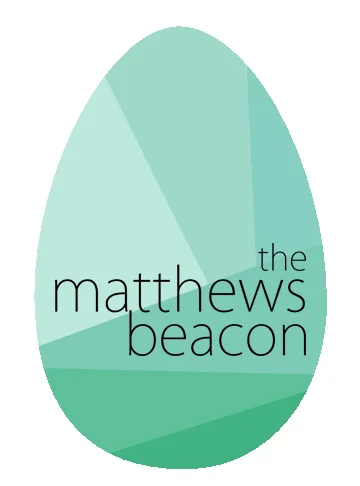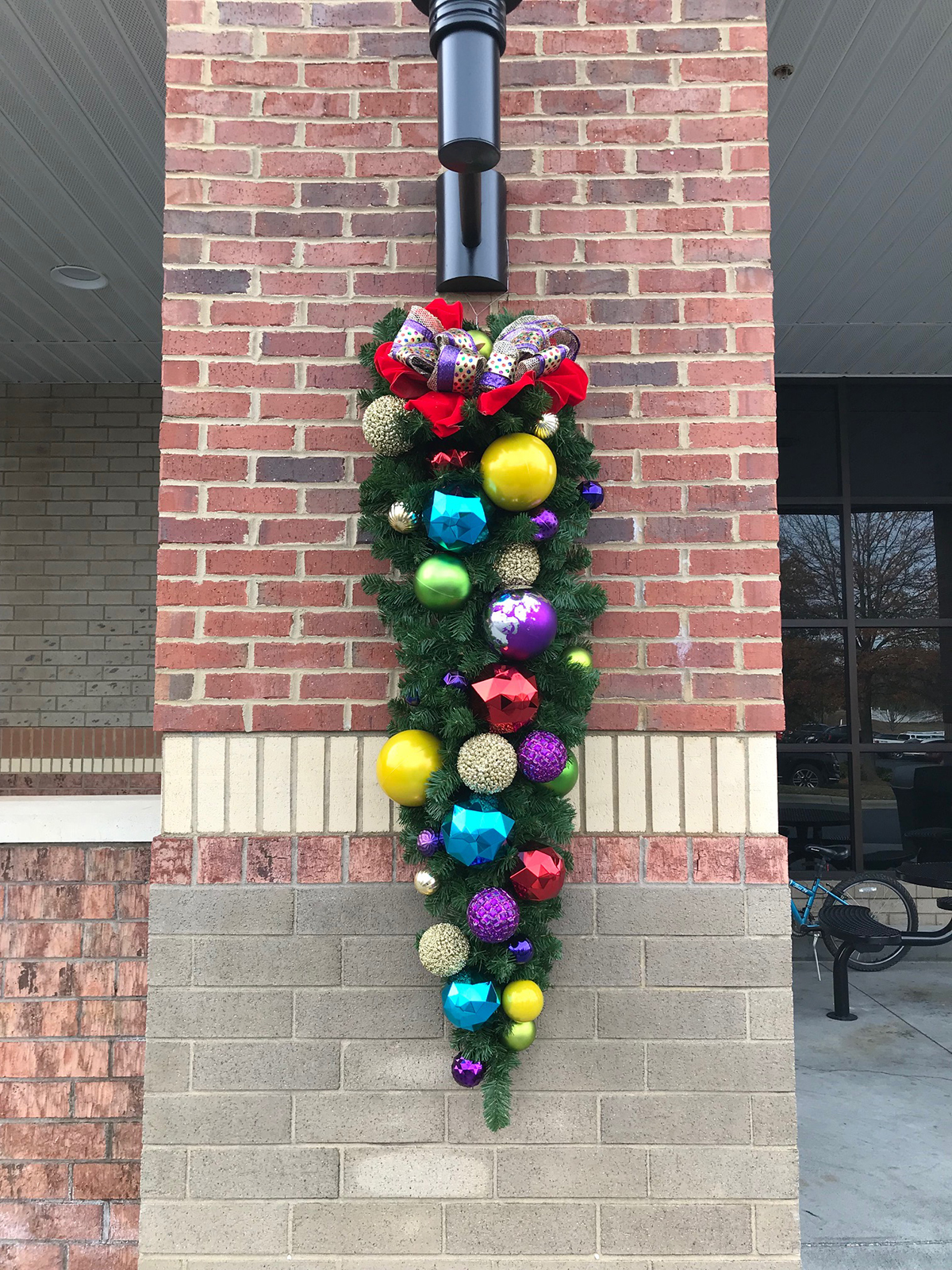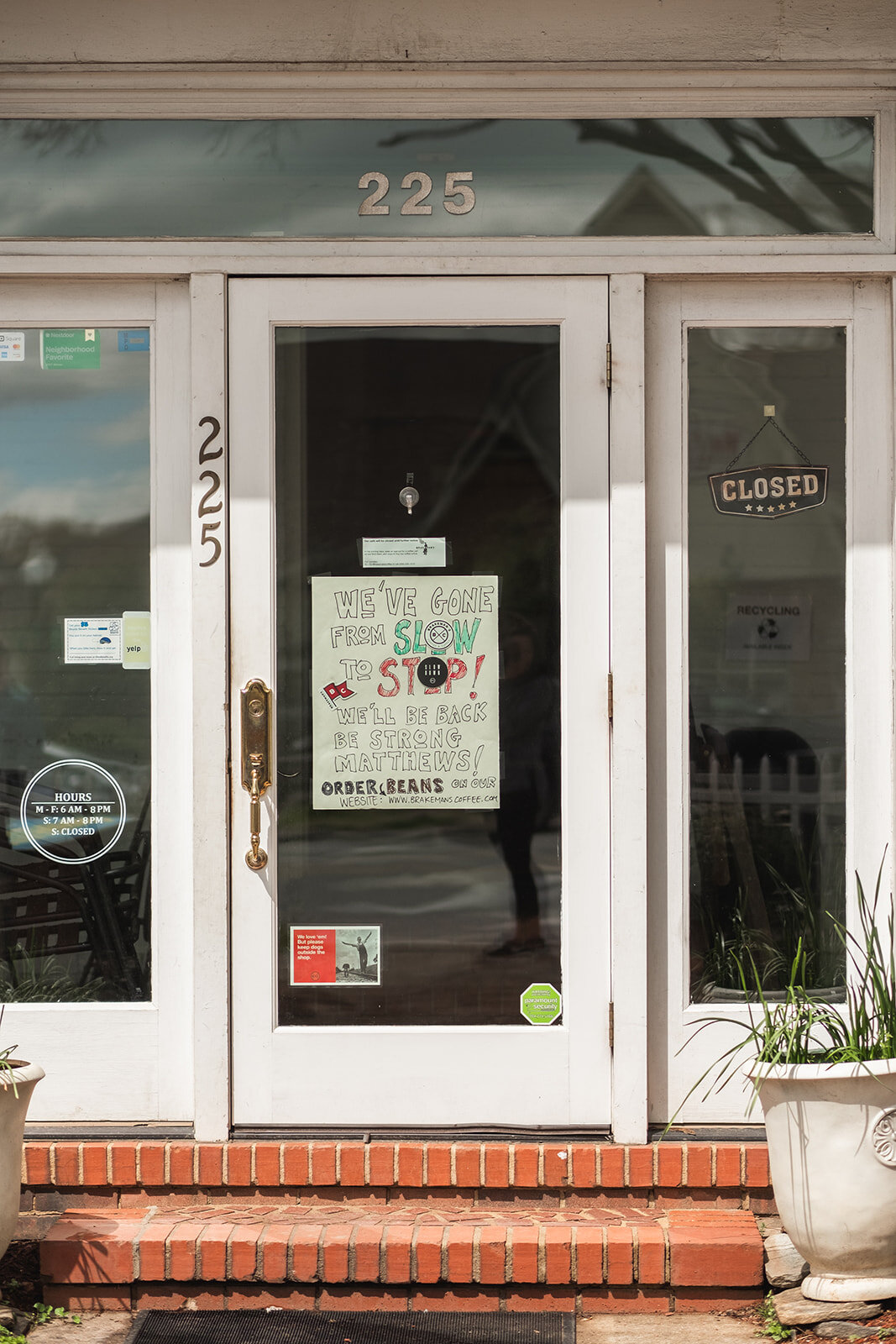In celebration of Women’s History Month, staff at Matthews Public Library have compiled a list of resources that enable you to explore the stories and experiences of women around the globe. You can also peruse the many Women’s History Month recommended reading lists available in our online catalog.
Adult Nonfiction
She the People: A Graphic History of Uprisings, Breakdowns, Setbacks, Revolts, and Enduring Hope on the Unfinished Road to Women’s Equality by Jen Deaderick is an entertaining look at the 35+-year history of the Equal Rights Amendment’s ratification by U.S. states.
Learn about the women recruited by Britain’s elite spy agency to sabotage the Nazis in D-Day Girls: The Untold Story of the Female Spies Who Helped Win World War Two by Sarah Rose Crown.
The Woman Who Smashed Codes by Jason Fagone tells the story of Elizebeth Smith, who worked with her husband, cryptologist William Friedman, to expose Nazi spy rings in South America.
The Radium Girls: The Dark Story of America’s Shining Women by Kate Moore exposes a groundbreaking workers’ rights battle that came about after women who worked in the radium-dial factors during World War I fell ill.
Emancipation of Angelina Grimke by Katherine DuPre Lumpkin: Originally published in 1974, this biography tells the story of Angelina Grimke, 19th-century abolitionist and women’s rights advocate.
The story of women who fought to bring their husbands, Vietnam POWs, home is told in The League of Wives: The Untold Story of the Women Who Took on the U.S. Government to Bring Their Husbands Home by Heath Hardage Lee.
From the Vikings to the present, learn about womens’ roles in battle in Women Warriors: An Unexpected History by Pamela D. Toler.
Jewish women’s influence on social activism is explained in America’s Jewish Women: A History from Colonial Times to Today by Pamela Susan Nadell.
Celebrate the struggles and achievements of some amazing change-makers in A History of the World in 21 Women: A Personal Selection by Jenni Murray.
Young Adult Nonfiction
Young women writers tackle big topics in Girls Write Now: Two Decades of True Stories from Young Female Voices. Interspersed is advice from women writers including Chimamanda Ngozi Adichie, Mia Alvar, and Zadie Smith.
Get a glimpse of life for a 5-year-old girl who leaves Iran for refugee life in the U.S. in Taking Cover: One Girl’s Story of Growing Up During the Iranian Revolution by Nioucha Homayoonfar.
Women who have contributed to our quest for space exploration are celebrated in Galaxy Girls: 50 Amazing Stories of Women in Space by Libby Jackson.
Radioactive! How Irene Curie and Lise Meitner Revolutionized Science and Changed the World by Winifred Conkling addresses the lack of acclaim that history has awarded to these dedicated physicists.
Learn about how a woman from Baltimore, Maryland became a hero of the Allies in The Lady Is a Spy: Virginia Hall, World War II Hero of the French Resistance by Don Mitchell.
For Children
Learn about 50 influential women in Anthology of Amazing Women: Trailblazers Who Dared to Be Different by Sandra Lawrence.
Celebrate inspiring women throughout history, from Ada Lovelace to Zaha Hadid, in The A-Z of Wonder Women by Yvonne Lin.
Emily Roebling was married to the chief engineer of the Brooklyn Bridge construction. When her husband fell ill, she learned every aspect of the project and oversaw its completion. Learn about her in Secret Engineer: How Emily Roebling Built the Brooklyn Bridge by Rachel Dougherty.
Hidden Figures: The True Story of Four Black Women and the Space Race by Margot Lee Shetterly is a wonderful children’s edition of the famous adult book that was adapted as a movie.
You’ll be introduced to one of the first entomologists and scientific illustrators in The Bug Girl: Maria Merian’s Scientific Vision by Sarah Glenn Marsh.
Wilma’s Way Home: The Life of Wilma Mankiller by Doreen Rappaport tells the story of the first female Chief of the Cherokee Nation.
Never Caught: The Story of Ona Judge, George and Martha Washington’s Courageous Slave Who Dared to Run Away by Erica Armstrong Dunbar tells the story of Ona Judge, who escaped the Washington’s household and fought their attempts to reenslave her.




























